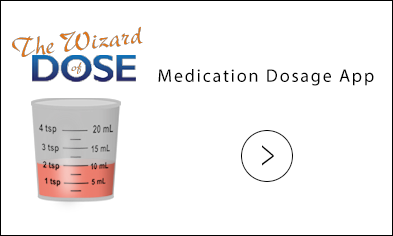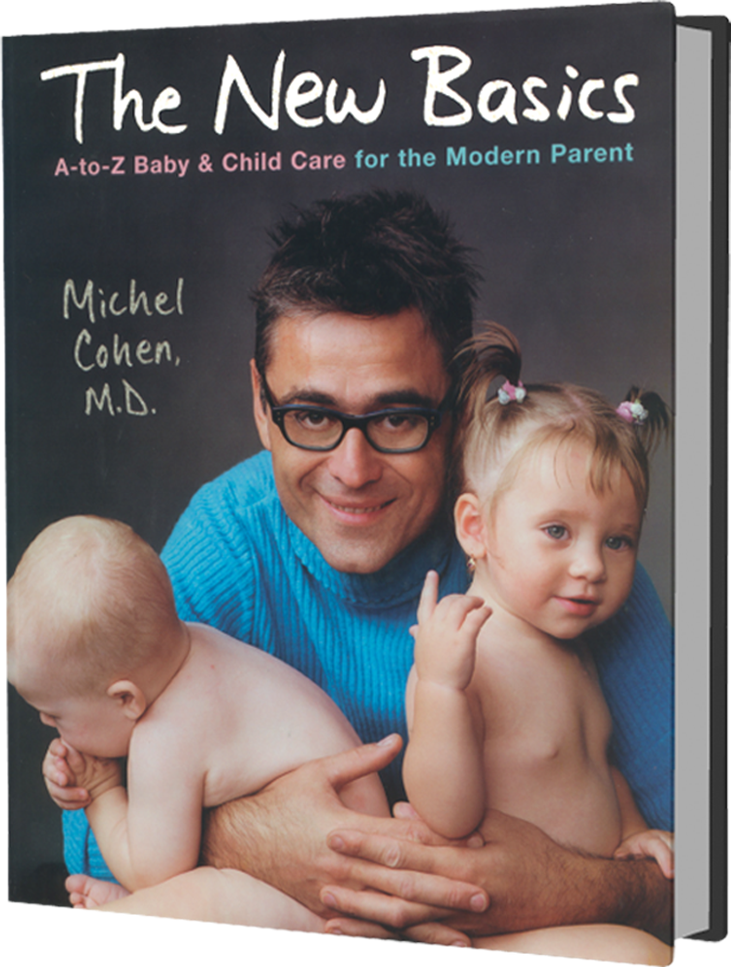
Skin Condition in Infants
A slew of minor afflictions can ruin Lucy’s looks for the first few months of life. Here is an inventory of the various rashes and skin conditions you may see before Lucy starts looking like the baby models in the magazines.
Dry Skin
As a rule, newborns always have dry skin. The epidermis comprises several different layers. In the inner layer, new skin is constantly being formed, while the outer layer is composed of the dead dry skin that is shed permanently. In utero, amniotic fluid keeps this dead skin hydrated so it has no opportunity to dry and peel off. After birth, it’s a different story. With no more fluid around, this dead skin now really dries up and sloughs off, and babies can look like reptiles for the first couple of weeks. This dryness won’t cause Lucy to suffer. No matter what you do, her skin will appear dry until this outer layer flakes off. A moisturizer will make it look better, but it will also delay the shedding process. Therefore, I recommend that you allow the process to run its course without applying any cream. Wait a few weeks, and it’ll be over.
Erythema Toxicum
It’s neither toxic nor painful. It’s just a few red spots that appear on the face and torso right after birth (as opposed to infant acne, see below). Some spots have a clear liquid pimple in the center. No treatment is required, and these spots vanish spontaneously after a week or two.
Jaundice
You may see a yellow color on Lucy’s skin and eyes in the first few days after birth. This is also self resolving [See: Jaundice].
Stork Bites (aka Angel’s Kisses)
As the myth goes, the stork’s beak leaves a faint and diffuse redness on the back of a newborn’s neck when she delivers the baby to you. In reality, these are temporary birthmarks that occur in half of all babies. The condition may also appear on the eyelids or forehead, where it is known as “salmon patches.” Either will disappear within a few months.
Strawberry Patches
These birthmarks are much rarer than stork bites. They are intense, well-defined dark red patches that, as the name indicates, look like the surface of a strawberry. Typically the size of a coin, they can occur anywhere on the body, and may be present at birth or appear soon after. The size typically increases with age, stabilizes before the first year, and then decreases, eventually disappearing by age two or three. When they start receding, you’ll notice a white area clearing in the center. Even on the face, where they’re most noticeable, strawberry patches should be left alone to disappear spontaneously.
Mongolian Spots
This dark blue coloration on the buttocks looks like a large bruise. Sometimes the patch will extend onto the back. More commonly seen on pigmented skin, Mongolian spots disappear after a few years.
Blue Area at the Bridge of the Nose
This is a common concern for parents of fair-skinned babies. A blue coloration appears at the bridge of the nose, between the eyebrows. This is merely due to the veins that are showing under the skin, especially when the baby cries and the pressure makes them more apparent. Within months, the skin gets thicker, and the veins show up less.
Infant Acne
The hormones that are passed in utero to the baby stimulate the newborn’s skin and produce the equivalent of hormone-driven teenage acne. Unlike teenagers, babies don’t talk back, and their acne won’t last long. The process usually shows up after a couple of weeks, peaks at four to six weeks, and decreases, so that by two months it’s mostly gone. Acne can be intense; sometimes the face and torso are covered with red areas and pimples. Since a hormonal process is causing the breakout, nothing really helps. Skin cream will only make the whole thing look shinier and more unattractive. And remember, infant acne has positively nothing to do with the maternal diet while breast feeding.
Seborrheic Dermatitis
This characteristic pink and flaky rash sits between and around the eyebrows. A common accompaniment to infant acne, it’s also caused by a hormonal process and resolves with no treatment after a few months.
Heat Rash or Prickly Heat
This rash will appear on the face, neck, and diaper area in the form of red and sometimes pimply skin. It results from sweating, and it comes and goes with warm weather. There’s no need to do anything about it.




 MEDICATION DOSAGE
MEDICATION DOSAGE

